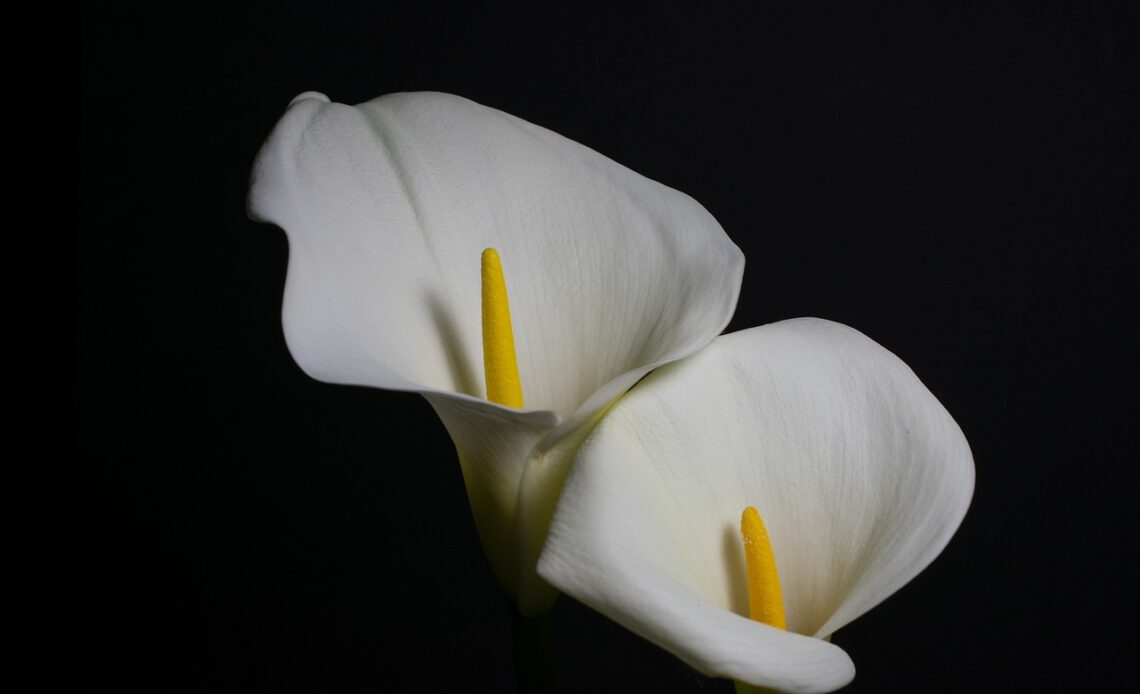
Calla lilies are a popular choice for gardeners due to their stunning appearance and long blooming period. However, there is a common question whether calla lilies are perennials or annuals. In this article, we will clarify this question by providing a thorough explanation of calla lilies’ life cycle.
First of all, calla lilies are not true lilies but belong to the genus Zantedeschia. These beautiful plants are known for their large leaves and trumpet-shaped flowers, which come in various colors such as white, pink, yellow, and purple. But the question remains, are calla lilies perennials or annuals?
The answer to this question depends on several factors such as the climate the plant is grown in and how it’s cared for. In warmer regions, calla lilies can grow as perennials and return year after year. However, in colder regions, they may need to be treated as annuals or dug up and stored over the winter to avoid damage from frost.
Overall, regardless of how they are grown, calla lilies are an excellent addition to any garden due to the unique beauty they offer. With the right care and attention, calla lilies can grow as perennials and provide a long-lasting beauty in your garden.
What Are Calla Lilies?
Calla lilies are not true lilies, which might come as a surprise to many gardeners. Instead, they belong to the genus Zantedeschia. These striking plants are known for their unique trumpet-shaped flowers that come in a variety of colors, including white, pink, yellow, and purple. Additionally, their large, glossy leaves add to their overall beauty. Despite their elegant appearance, many people wonder about the nature of these plants, whether they are perennials or annuals. The answer ultimately depends on the climate and the care given to these plants. Therefore, it’s important to understand how to grow and care for them, so you can enjoy their beauty year after year.
Calla Lilies: Annuals or Perennials?
If you’re wondering whether calla lilies are annuals or perennials, the answer is that it depends on the climate and care they receive. In warmer climates, calla lilies can be grown as perennials and will return year after year. However, in cooler climates, they may need to be treated as annuals or be dug up and stored during winter to prevent frost damage. Growing calla lilies as perennials requires providing the right growing conditions, including well-draining soil, regular moisture, and plenty of sunlight. For overwintering calla lilies in colder climates, they should be dug up and stored in a cool, dry place where the bulbs won’t freeze. So whether you’re a seasoned gardener or just starting out, calla lilies can be a stunning addition to any garden with proper care and attention.
Growing Calla Lilies as Perennials
Growing calla lilies as perennials requires specific growing conditions to ensure their survival. These plants need well-draining soil and a lot of sunlight to thrive, but they also require consistent moisture to keep the soil moist. Calla lilies can be planted in the ground or in containers depending on the available space. Regular fertilization is also important to ensure that they receive enough nutrients to grow strong and healthy.
Additionally, once calla lilies are established, they do not require a lot of maintenance. However, it’s important to keep an eye out for pests and signs of disease, as these issues can quickly spread and harm the plants.
Overall, growing calla lilies as perennials can be a rewarding experience for gardeners who are willing to provide the necessary care and attention. With the right growing conditions and regular care, these plants can provide a beautiful and long-lasting addition to any garden.
Overwintering Calla Lilies
To overwinter calla lilies in colder climates, it’s important to take them out of the ground and store them in a cool, dry place. This is because these plants are not frost-tolerant and can suffer damage if left in the ground during the winter. Dig up the bulbs carefully and brush off any excess soil to prevent rotting. Then, store them in a container with good air circulation, such as a mesh bag or cardboard box, in a cool and dry location. Humidity can cause the bulbs to rot, so it’s important to avoid damp locations. Don’t let the bulbs freeze, as this can also cause damage. With the right storage conditions, you can keep your calla lilies healthy and ready for replanting when the warmer weather returns.
Conclusion
In summary, calla lilies can be grown as perennials in warm climates with proper care. They require well-draining soil, plenty of sunlight, and consistent moisture. Additionally, they can be planted in containers or in the ground and benefit from regular fertilization. If you live in a colder climate, calla lilies may need to be treated as annuals or overwintered indoors to avoid damage from frost.
Regardless of the climate you live in, calla lilies make a stunning addition to any garden. With their large leaves and trumpet-shaped flowers in an array of colors, they are sure to add a touch of elegance to any outdoor space. So, whether you choose to grow calla lilies as perennials or annuals, you can enjoy their beauty for years to come.

